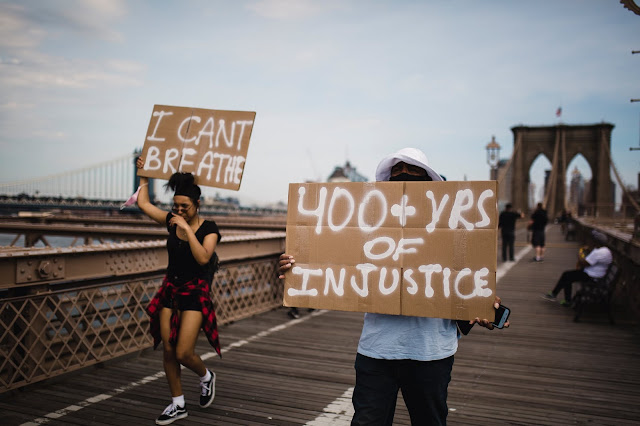Racism, being contagious,
didn’t take much time to spread all over the world. The racism, by countries,
takes different forms, depending on historic, cultural, religious, economic or
demographic differences. Though it is mostly seen in the US, other countries
too are facing the problem. According to scholar Paul McGarr, “African students
in India regularly complain about colour prejudice they encounter".
Racism has reached from the
stage of criticism and abuse to violent deaths. The death of George Floyd in
the US is the recent example. Its high time one should focus on teaching about racism for the current
generation kids, both by teachers and parents as well. They should make kids
understand that a person shouldn’t be discriminated depending on the colour, language,
and cultural differences. Let’s know how to teach about racism in school as
teachers play a key role in making them understand everything in the right way!
How to Teach about Racism in School
Understand Insecurities: It
is important to understand the insecurities of victims. If the student seems to
be uncomfortable and unable to mingle or be friendly with other students in the
classroom, the teacher must have to ask and understand if it is the effect of
racism by others (students or other teachers as well). If the problem is
racism, speaking with a concerned person to make them understand how racism affects
others’ life is essential.
Friendly Conversations: Making
friendly conversations in the classroom to know if there is racism is quite
important. It is the responsibility of the teacher to explain things without
hurting anyone.
Asking Questions (Probing): You
could ask plenty of questions to understand how students in the class are
feeling about each other. Whites should be asked if they feel black people are
less than them. If the answer is yes, the teacher should ask how, why, and when
they got that feeling.
If a teacher feels that black
students are feeling inferior and suffering by racists in the school, it is a
must to increase confidence in the students who are suffering. At the same
time, it is also important to identify racist students and make them understand
real things.
Personal Experiences: Ask
students to share their personal experiences in front of everyone in the
classroom. There would be many students unnoticed who suffer from the depression
because of unspoken problems. Teacher should take an initiative and ask them to
speak on the stage if they have any personal experiences regarding racism.
Reverse Role Plays: Call one
black student (preferably sufferer) and a white student (preferably the student
with racist qualities) on to the stage. Ask them to reverse their roles of
real-life and conduct a role-play. This makes students understand the feelings
of each other.
Teaching History: There are
many examples of Racism in History. So, teach students about the history of
racism – how it began, how it killed people in thousands and lakhs, how the
country lost peace because of it and more helpful things.
Strength & Self-confidence: “When we cannot change others, we have to change ourselves”. It is a
must to fuel strength in blacks and make them understand that tolerance doesn’t
work every time. A teacher must help students to increase their self-confidence
and strength to address and fight such issues boldly.
Anti-Defamation League (ADL): The Anti-Defamation League (ADL) provides resources for teachers to approach current issues of bias in a proper way.

JSMH: How to play games at a casino with online slots - KLH
ReplyDeleteJSMH's Slot Machines. JSMH �?정부 출장�?� has more 양주 출장�?�? than 2000 slots and 파주 출장�?사지 has the 구미 출장�?� best RTP slots with 전라�?도 출장�?사지 RTP Ranges in their name. Try them out now for free.